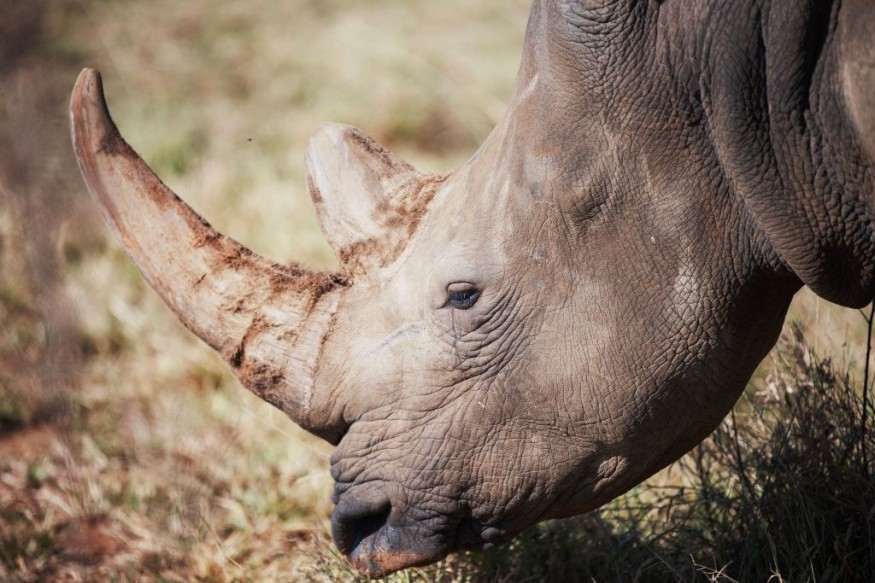The better patrols in Kruger Park in South Africa helped to maintain a decline in rhino killings due to poaching in the region since poachers have been hunting these creatures for their horns, which are used in traditional medicines and status symbol.
The Kruger Park and African wildlife are home to rare animal diversity, including rhinos. However, the threat of hunting and poaching has continued to impact the animal population.
According to the International Rhino Foundation, rhinos are subject to large poaching syndicates.
While the report showed that the poaching of rhinos decreased in 2022, poaching is still a growing concern, requiring better patrols.
The World Wildlife Fund (WWF) reported that about 7,100 rhino casualties have been recorded in the last ten years due to poaching.
Based on the IUCN List of Threatened Species has listed the black rhinos, Sumatran and Javan, as critically endangered.
Better patrols and a decline in rhino killings

Meanwhile, the AFP and Phys.org reports noted better patrols' role in combatting rhinos' poaching, adding that rhino killings declined in Kruger Park.
Recently, the IUCN has reported a decline in rhino killings since 2018 due to global restrictions when the COVID-19 pandemic emerged.
Based on the report, rhino killings were recorded 231 in South Africa in this year's first six months. The report noted that about 42 rhinos died from poaching in Kruger Park alone.
According to Save the Rhino's website, the horn serves as a status symbol for wealthy people, making the animal target of illegal activities.
In addition, rhino horn is used in traditional medicine, which is believed to treat disorders, fever, headaches and rheumatism.
The report highlighted the role of the park's rangers and patrols in monitoring the park for possible poachers.
According to Environment Minister Barbara Creecy, the rhinos in the country suffered from poaching for at least 20 years.
More facts about the rhino population
In South Africa, rhinos can be found in savannas. Based on the AZ Animals, there are five species of rhinos:
- Javan Rhino
- Black Rhino
- White Rhino
- Indian Rhino
- Sumatran Rhino
The report added that rhinos are said to be the second largest land animal, next to elephants in the wild. They are very heavy animals weighing up to three tonnes, and black rhinos reach 3,100 pounds.
While rhinos are heavy, the WWF said that they have poor vision, so they depend on their sense of smell, but they do have impressive communication skills using growl or honks.
Regarding food, rhinos are considered herbivores, consuming grasses or leaves.
Also Read : China Plans to Bring Zebrafish to Space
Did you know? Are rhinos aggressive?
Rhinos are large animals, but they are not very aggressive. In the International Fund for Animal Welfare, rhinos can defend themselves when they are attacked or threatened.
The main predator of rhinos is humans because of poaching.
In the wild, the male rhino population shows dominance using their horns. Meanwhile, the female rhinos are protective of their young.
Related Article : Golden Monkey in Brazil Slowly Recovers From Brink of Extinction
For more similar stories, don't forget to follow Nature News.
© 2025 NatureWorldNews.com All rights reserved. Do not reproduce without permission.





